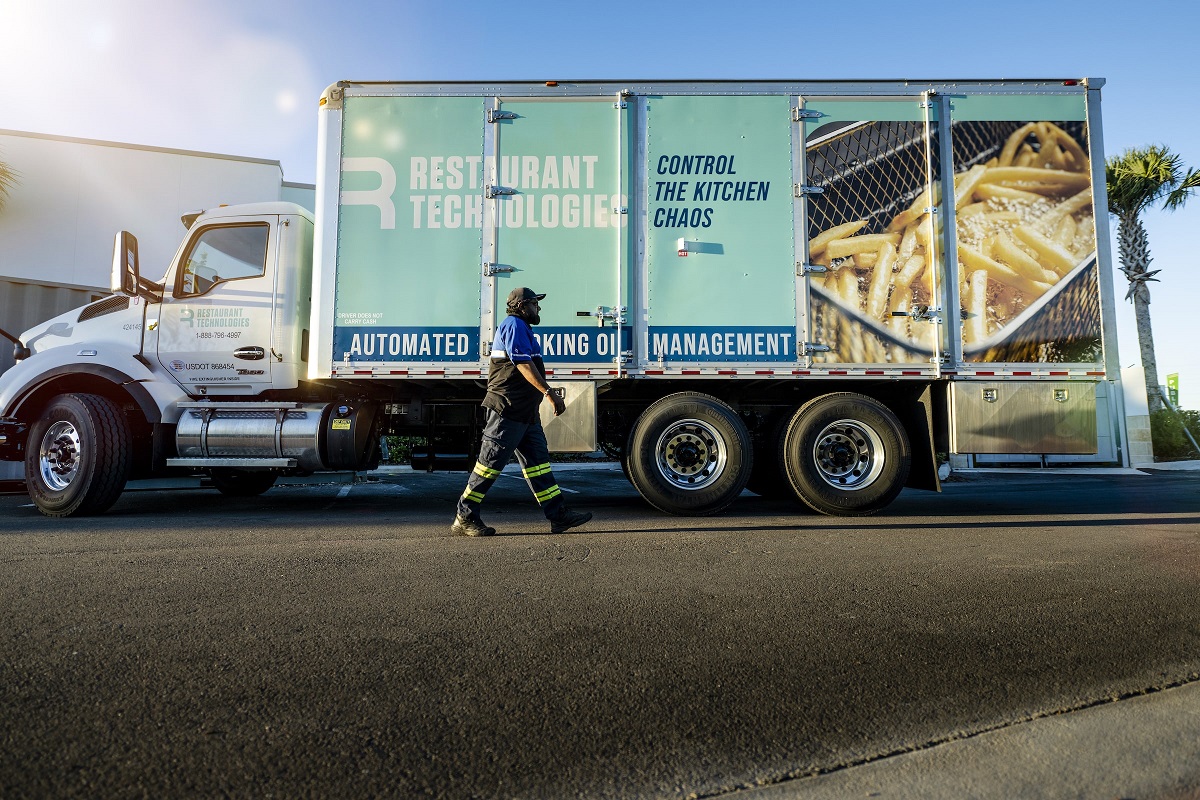As your business moves to get back to normal, rebuilding your employee count remains a crucial component. Yet, it can also be one of the most challenging as well. Some employees may feel uncomfortable returning to work in roles that will require extensive customer contact. Others may simply be making more on unemployment and have no desire to return to the traditional workforce.
Whatever challenge you face in your goals when rehiring staff at your establishment, we hope the tips presented in this blog will help. Let’s begin.
Open the lines of communication
If you haven’t already been checking in with laid-off employees, now’s the time to start. A quick email or social media message shows them that you’re thinking of them and lets you check on how they are managing the pandemic.
These interactions will also give you an opportunity to discuss a possible return with your employees. You’ll have the opportunity to see what reservations they have about returning, adjust your schedule to bring back the most eager first and to see what obstacles you can remove to bring all of your employees back into the fold.
Create a safe workplace
You may be doing some of these already, but here is a list of things you can implement in your business that may make the environment safer for each of your employees.
- Comprehensive return-to-work safety protocols and health assessments for each employee
- Safety equipment for all employees, including masks, gloves, and face shields
- Temperature checks for employees when they arrive for their shift
- Capacity limits for break rooms and other areas where employees tend to congregate
- Training for all employees to ensure they are aware of the new safety procedures (you can also send this information to employees before they return so they know you are working hard to make the environment as safe as possible)
- Procedures and policies in the event an employee tests positive for COVID-19 or has first degree exposure
These are just a few of the ways you can work to create a safer workplace for your employees. You can find even more insight in our new eBook: “Establishing your new normal: A comprehensive guide to navigating foodservice during COVID-19.” Download it today.
Adjust expectations for extra work
Those projects you had planned for the long-term health of your restaurant might have to wait. You may want to think about tabling any and all work that goes above and beyond meeting the daily demands of customers such as renovations, new menu rollouts, etc.
This is also a good time to reschedule those appointments you may have had with prospective vendors or supply partners, if they haven’t been rescheduled already. Lastly, consider adjusting your delivery schedule to make larger deliveries fewer times a week or consolidate vendors to get more goods from a single truck. This will help you minimize your employees’ interactions with delivery vendors and help them feel better about returning to work.
Invest in new technologies
This goes beyond protective gloves and masks. One of the easiest ways to encourage foodservice employees to return to work is to show them that you’re making capital improvements to automate tasks and keep them safe.
For example, if you’ve been considering automated payment systems, now may be the right time to invest in them, as they remove another employee/customer interaction. This is also a good time to spend money automating kitchen cleaning chores such as oil filtration and hood cleaning. Automating these chores will leave you with a better, more dependable result and, more importantly, allow you to send employees home more quickly, minimizing their risk of exposure around one another.
Recognize that their return may not be the same
Even when your employees return to work, you should expect that a new normal will be established. Employees may wish to return to work at a reduced schedule — or they may have to if their children are distance learning.
At the same time, you may see more employees looking to change their role within your business. Keep in mind that while the virus has suspended your operation, for the employees who have been furloughed, it has brought them back to a baseline from a career standpoint. They are suddenly flush with options when it comes to their future career, and it’s up to you to show them that your restaurant is the best place for them to be — just as you did once before.
Putting these practices to work for the benefit of your foodservice business
Your employees are the most vital part of your business, and rehiring staff in a COVID-19 world presents perhaps your biggest challenge. Communication is key. It starts with that initial message, and the correspondence you have with each of your employees will show you where everyone goes from here for the betterment of your careers and the business.
*Nothing herein constitutes legal advice or other formal direction or guidance of any kind. The information herein is offered for general information purposes only.





